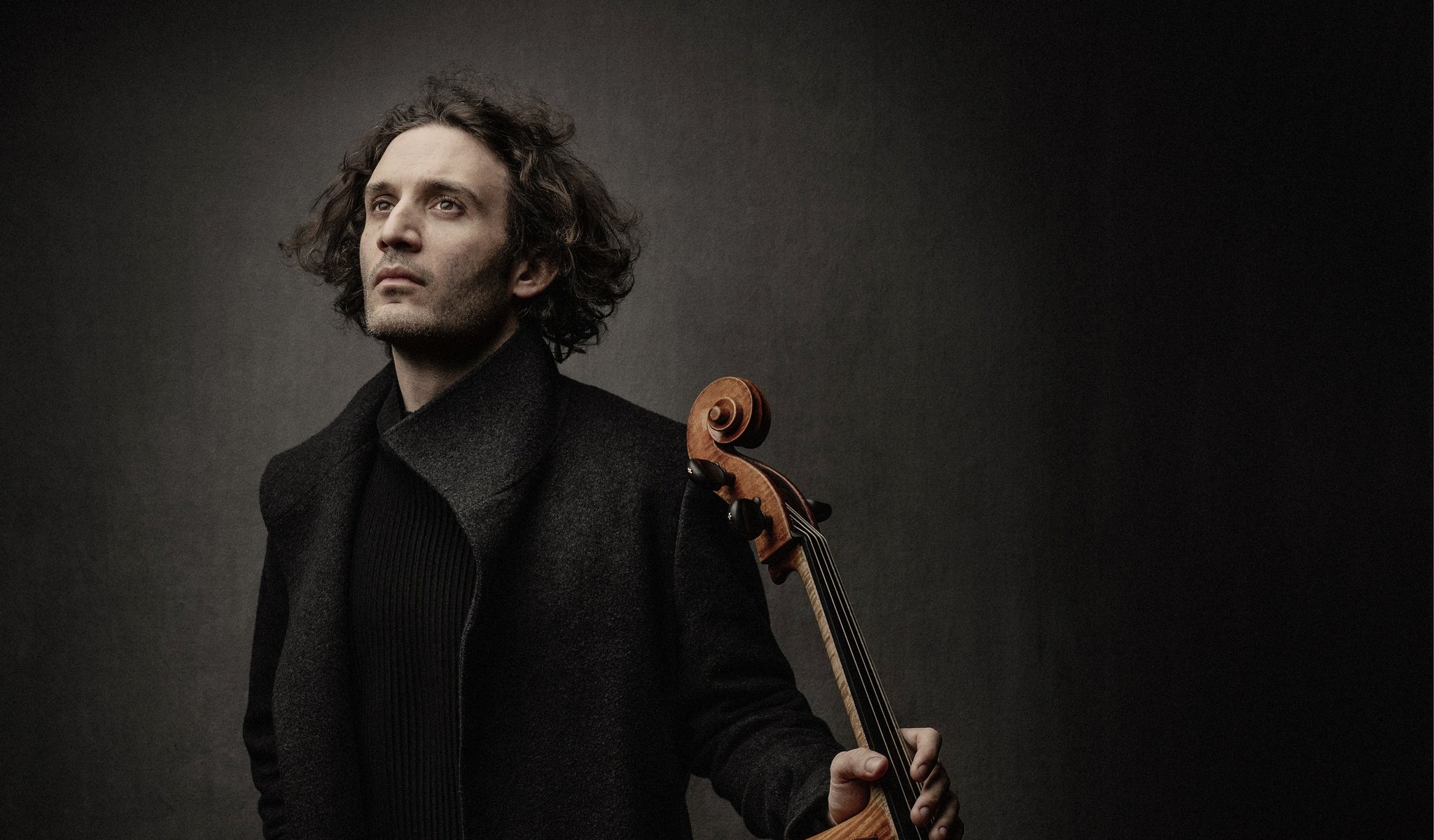
Haydn–Mozart Plus: Mozart, Haydn, Veress
Altstaedt
Further dates
Further datesProgram
Featuring
Other information
The event is about 2.5 hours long.
About the event
The Musical world of Munich, the Court of Esterhazy and Transylvania; Viennese classicism and the 20th century in Hungary; opera, concerto, dance and symphony - all this will be on offer at this surprisingly passionate concert. Surprising in that the next time Mozart composes with the emotional heat of the music in Idomeneo will be in Don Giovanni, Haydn foreshadows the 19th century with his little-known dramatic symphony, and Veress evokes his country's emblematic dance styles in a historically charged period contemplating the horrors of the Second World War. The orchestra will be led by Nicolas Altstaedt, described by a writer for Hamburger Abendblatt as an “individual category" in his field; a fiery and bold cellist, a master of extremes, warm tones and direct communication with astonishing technical prowess.
“I would like Italian, not German, and seria, not buffa”, Mozart wrote to his father, and his wish was granted: he won a commission from the Grand Duke of Bavaria to write an opera with a "serious subject". According to the mythological story, Idomeneo, the Cretan king makes a deal with the god of the sea on his way home from a victorious battle: if he survives the storm, he will sacrifice the first person he comes across on the shore. Unfortunately for him, that person is his son, Idamante, who willingly accepts death but the woman he loves, Ilia, would sacrifice herself instead. Poseidon is moved by the act of love and spares the couple. The Overture to the piece, which encapsulates the whole drama, combines characteristics of the Italian opera seria and those of French opera. The magnificent opening notes soon turn into hectic, stormy, blaring, chromatic music of unrelenting power. Originally, the opera concluded with a five-movement ballet, which, following French Baroque traditions, celebrated the story’s happy ending.
Being surrounded by talented musicians was always a motivation for Haydn. For example, he was inspired by the outstanding cellist of the Esterházy Orchestra, Joseph Weigl, to compose a concerto. The piece, written sometime between 1761 and 1765, conjures up the atmosphere of first symphonies and the technical challenges they posed for cellists. In the opening movement, full of catchy melodies, the soloist introduces himself with a resonant C major chord. He emerges from the purely string accompaniment in the slow movement with his sometimes melancholic and shadowy part; whereas, in the finale he shows both his virtuoso and lyrical sides.
As a student of both Kodály and Bartók and assisted the latter in his work as a folk music researcher, Sándor Veress acquired his knowledge and love of Hungarian folklore from true giants. The composer, who was born in Transylvania, wrote his string ensemble piece entitled Four Transylvanian Dances in stages between 1943 and 1949. The composition perfectly conjures up rustic fiddling without quoting specific folk songs. Veress, who at the time of the premiere was living in Switzerland, included a Lassú (slow) containing quarter tones, a scherzo-like Ugrós (leaping), an old-fashioned Lejtős (springy) and a dynamic Dobbantós (stamping) in his cycle.
Symphony No. 80 has no nickname, nor does it belong to the Paris or London Symphonies – perhaps that is why it has faded into the background. Yet, this piece has everything that we like Haydn for, and maybe even more. In the opening movement, the contrast between Sturm und Drang and a light dance tune keeps our attention. The slow movement with a sunny atmosphere is followed by a stern and stormy minuet interrupted by a graceful trio. All this seriousness is eventually resolved by comedy: the lurching, drunken character of the finale, transformed into a bright major key, blows away all previous clouds.
Did you know? Mozart’s Idomeneo premiered on January 29, 1781 in Munich. Haydn’s Cello Concerto was composed between 1761 and 1765. Sándor Veress’s Four Transylvanian Dances premiered in Basel on January 27, 1950, with Paul Sacher conducting. Haydn’s Symphony No. 80 was composed in 1784. The orchestra performed the Overture most recently on April 6, 2002 (conductor: John Nelson), and performed the Cello Concerto most recently on October 11, 2009 (soloist: Steven Isserlis, conductor: Iván Fischer). The BFO’s most recent performance of the Symphony was on March 8, 2019 (conductor: Gábor Takács-Nagy); this will be the first performance by the BFO of the Four Transylvanian Dances.
Contemporary events: King Joseph II of Hungary issued his Patent of Toleration in 1781, providing freedom of worship and office to certain denominations / Joseph Haydn composed his Six String Quartets (Op. 33; “Russian String Quartets”) in 1781 / French philosopher and author Jean-Jacques Rousseau published his sentimental epistolary novel Julie, or the New Heloise in 1761 / German composer Georg Philipp Telemann composed his suite Don Quijote in 1761 / The Bald Soprano, by French playwright of Romanian origin Eugène Ionesco premiered in Paris in 1950 / Austrian-British art historian Ernst Gombrich published his comprehensive work The Story of Art in 1950 / French playwright Pierre Beaumarchais’s comedy The Marriage of Figaro premiered in Paris on April 27, 1784 / French painter Jacques-Louis David created his painting Oath of the Horatii in 1784